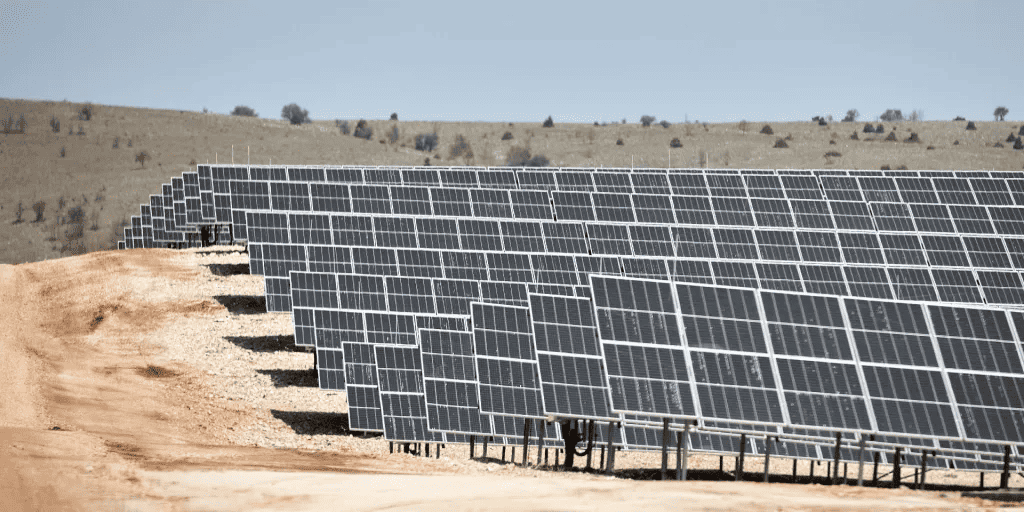
A daring new approach to climate financing is helping countries retire their coal-fired power plants and transition to renewable energy. The Komati Power Station in South Africa, once a coal-burning power plant, is now being repurposed into a renewable energy site. This marks a major step for South Africa, where coal-powered stations supply 86% of the nation’s electricity. Backed by an $8.5 billion package from a unique partnership with the US and European countries, the transition is designed to be socially and economically fair.
Similar Just Energy Transition Partnerships (JETPs) are springing up in Indonesia, Vietnam, and Senegal, with a whopping $100 billion in total funding available. These deals leverage public funding to attract private investment, but critics argue they don’t do enough to promote decarbonisation in line with the Paris Agreement targets.
- Just Energy Transition Partnerships (JETPs) are driving the transition from coal to renewable energy, with South Africa’s Komati Power Station as an example of successful implementation;
- JETPs leverage international cooperation and substantial funding to navigate challenges like worker employment and economic sustainability.
The Birth of Just Energy Transition Partnerships
Just Energy Transition Partnerships (JETPs) emerged from the 2021 COP26 climate summit in Glasgow as an innovative solution to the thorny issue of phasing out coal, particularly in countries where it is a significant part of the energy mix and economy. These partnerships represent a new level of international cooperation, with the goal of accelerating the transition to renewable energy sources in a way that is equitable for all stakeholders involved.
South Africa’s journey illustrates the practical application of JETPs. The country faced the arduous task of transitioning away from an aging coal-fired power station fleet that supplied most of its electricity, while simultaneously dealing with potential social and economic repercussions. The partnership provided a lifeline in the form of $8.5 billion in loans and grants, giving South Africa the financial backing and international support needed to embark on this monumental transition.
Challenges and Opportunities
However, the transition from coal to renewable energy is not without its challenges. Despite the financial boost from JETPs, there are significant economic and political sensitivities to navigate. One of the primary concerns is how to tackle the issue of employment for workers in the coal industry. The South African JETP, for instance, has a strong focus on providing alternative employment for coal workers and promoting the growth of the green economy. This aspect is critical to ensure the transition is not only environmentally sustainable but also socially acceptable.
Another significant challenge is managing the potential increase in debt for emerging economies. While JETPs provide a substantial amount of funding, grants only make up a small portion, raising concerns about the long-term financial sustainability of these agreements. Balancing the need for immediate action in reducing emissions with the economic stability of these countries is a delicate act, requiring careful planning and management.

Lessons from Europe’s Coal Transition
Europe’s experiences with coal transitions provide valuable insights into managing structural changes in the energy sector. A report by the NewClimate Institute highlights the importance of visioning, participation, and bottom-up project implementation in managing structural change. Education, transport infrastructure, and environmental restoration have played a pivotal role in enabling economic restructuring and creating new business opportunities.
However, the report also highlights the ongoing challenges faced by former coal regions, such as health issues, slow economic growth, and unemployment. These are critical aspects to consider when planning and implementing JETPs, especially in terms of providing adequate support for workers and communities affected by the transition.
Looking Ahead
Despite the challenges, JETPs represent a significant moment for climate finance and a step forward in global efforts to tackle climate change. The partnerships demonstrate the power of international cooperation and highlight the role of finance in driving the transition to a green economy. While there is ongoing debate about whether they go far enough in promoting decarbonisation in line with the Paris Agreement targets, their emergence signals a shift in the global approach to managing climate change.
With their potential to catalyse change and drive a global leap from coal to green energy, JETPs could be a game-changer for climate action. However, their long-term success depends on how effectively they are implemented, and whether they can deliver on their promise of a just and sustainable energy transition.









